Tips For Researching Burlesque
by Alyssa Kitt
Researching for the Traditional section of the Miss Burlesque Australia competition.
A lot of competitors are intimidated when it comes to the Traditional section of Miss Burlesque Australia. The historical pool that is burlesque can be a little overwhelming. While the water might seem deep and cold at first, we want you to dip your toes into the past and fish out something that inspires you to create and celebrate our stripping history!
The Traditional section is about capturing the heart and essence of the period when burlesque was at it’s the zenith. This section seeks to represent this unique period within history – but isn’t there a lot of history? Oh yes there is!
A lot of times performers come to me with the same thing, “I don’t know where to start?” Understandable… when you come face to face with centuries of tease it can be a little bit overwhelming – so let me give you some of my tips and tricks for researching burlesque history.
Now… I come from a background as a researcher, journalist and historian, so I’ve learnt a few things that have helped me navigate the perilous waters of research. Let me share my 10 tips and tricks for researching burlesque.
- Get inspired
With an inquisitive mind and a passion for stripping you’ll be well on your way into a naked dive into the annals of history. It’s all about being inspired! Find a figure that resonates with you – history really does have it all – from rule breaking bad asses with repeated arrests for their brazen displays of skin, to the highly acclaimed artists who transcended burlesque as a genre to attain Hollywood cult status (ok… a good few of them were also arrested).
It’s about finding a piece of music, a costume, a performer or even a move – connection to a grounding historical element is key to making this routine your own!
Start from 1868, when Lydia Thompson and her “British Blondes” launched a theatrical revolution that rippled through the entertainment worlds and went on to become a million-dollar industry across the United States and Europe. Be inspired by the daring chorus girls who removed articles of clothing, Little Egypt’s and her quivering torso or Salome’s Dance of the Seven Veils. Be inspired by the moral war against lowbrow entertainment when Mayor LaGuardia shut down burlesque in 1937.

Lydia Thompson
- Get Reading!
I get a lot of recommendations on where to start so I’ve compiled a little list of books for you. Start simply by having a read – easy books to read include Jo Weldon’s Burlesque Handbook, Dita Von Teese’s Art of the Tease, ANYTHING by Leslie Zemeckis (start off with Behind the Burly Q either her documentary or her book) and then work your way through her biographies of Lili St. Cyr Goddess of Love Incarnate and Feuding Fan Dancers.”
Sometimes it can stem from a photograph – some good pictoral references in books are The Queens of Burlesque by Len Rothe.
Build a little burlesque book collection and you’ll always have a solid point of reference to look back upon. When in doubt – use your eyes and your imagination!
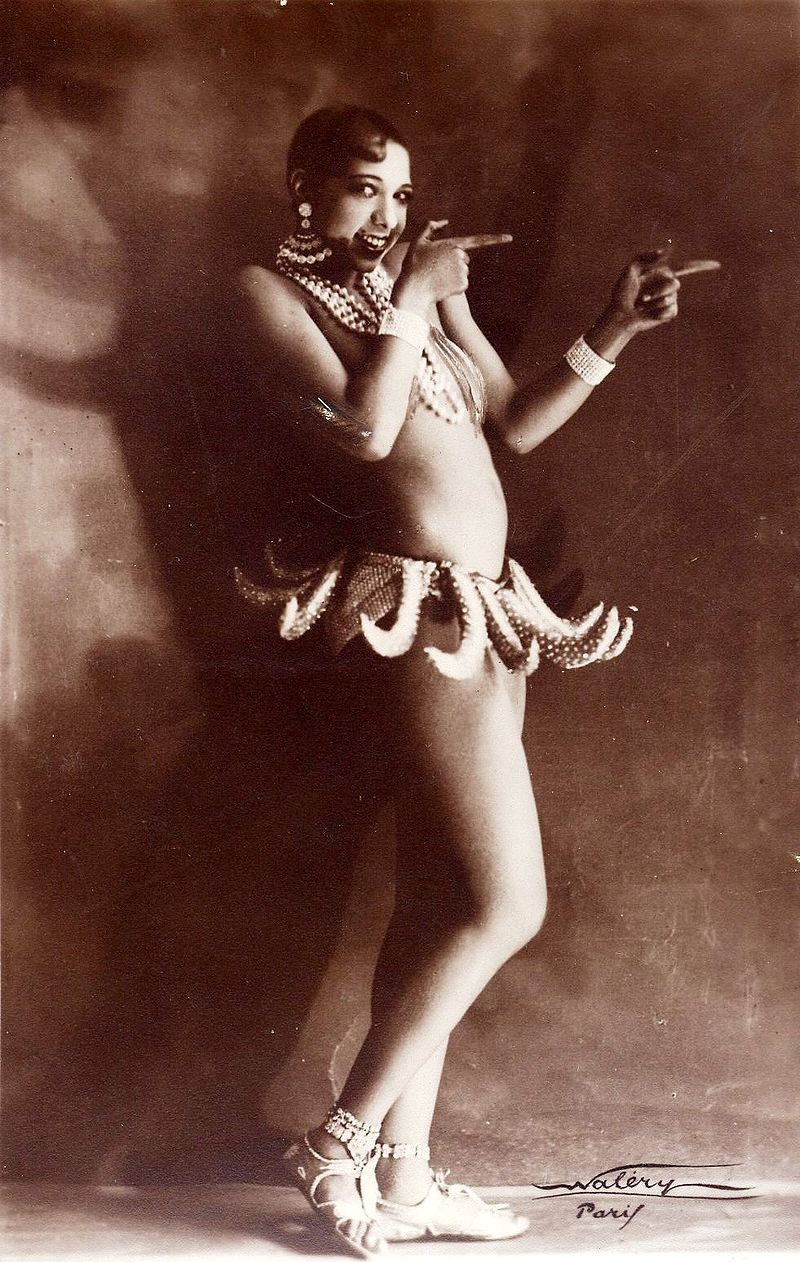
Josephine Baker
- Get Googling!
Where once we might go to the town library and flick through find-it cards, these days we all have the most useful tool at your fingertips – the internet. Now… let’s not get snobbish about it – even as a researcher, I often just start with good old fashioned google!
Anytime I start researching or writing I start with google search engine. If you want to make a burly routine inspired by “The Golden Era” – know exactly what era this is (The Golden Age of burlesque refers to an era that is easily the most recognisable period in burlesque history. Burlesque historians specifically refer to the 1930s).
Inspired by the Ziegfeld Follies? Don’t just watch the movie – dig into the depths from the decades of stage shows – from Ziegfeld’s first wife, Anna Held, to funny front woman Fanny Brice.
Want to know more about either of those important figures – google them.
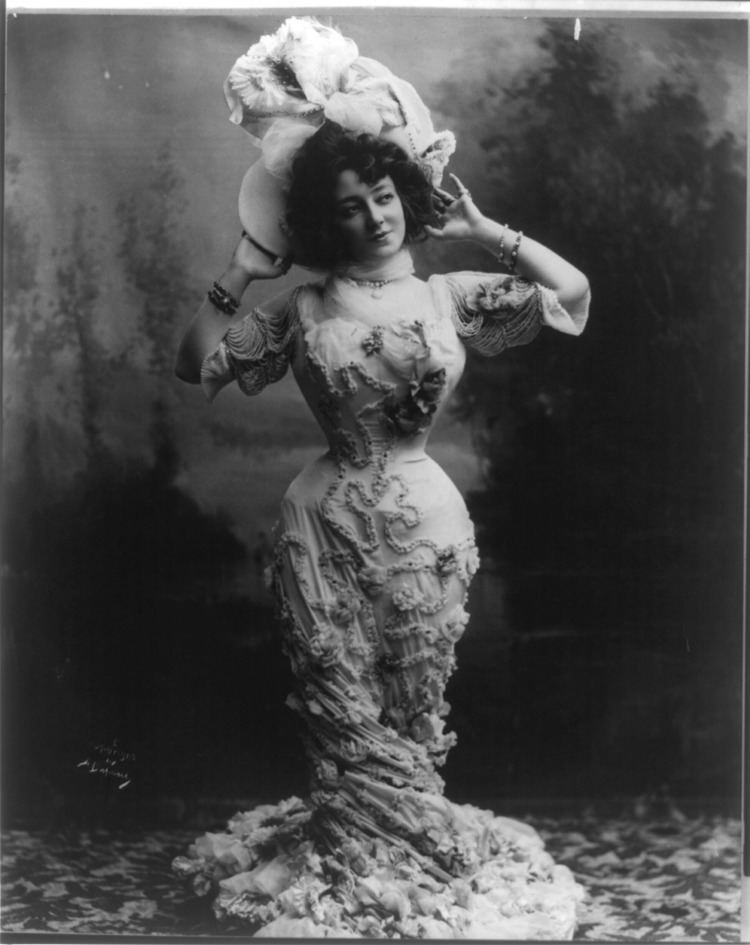
Anna Held
- Learn about the decade
Know what’s going on in the era itself – learn a little bit about the national history, politics, major social movements. If there’s a piece of fashion that inspires you – google it.
Let feminism be your guide – engage in a little discourse around what is going on with the feminist movement of the era – for example… the invention of the bikini had a big impact on burlesque, as did just about every major lingerie fashion of the era. Get stuck into what’s going on with these items!
Learning about the decade will help you with musical style as well! Fabulous bands of the 1930s? Type the year into Apple Music and see what comes up – we can well and truly move beyond Sonny Lester’s How to Strip.
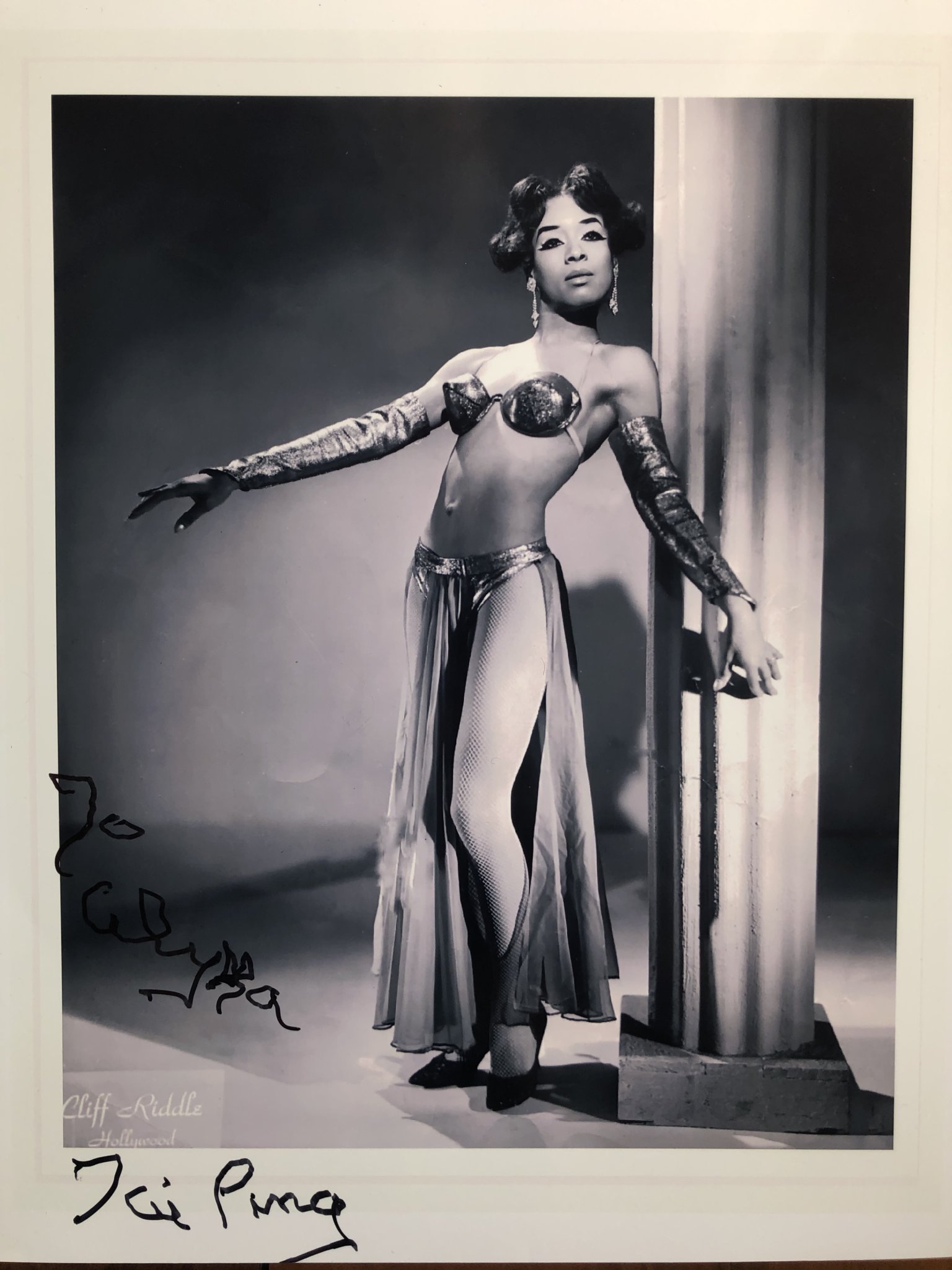
Tai Ping
- Know your prominent figures
There are the big names in burlesque that we all know – Tempest Storm, Blaze Star, Lili St Cyr and Sally Rand – but get to know a few of the other major players on the stage!
Learn about Lily Christine, Georgia Sothern, April March, Big Fanny Annie! Who was who in what decade.
My first recreation of a traditional routine was my “Tribute to Jenny Lee” – why Jenny Lee? I first learnt about the Burlesque Hall of Fame and Jenny Lee (alongside Dixie Evans) was the founder – this lead me down a youtube rabbit hole of Something Weird stag films where I discovered her unique tassel tricks and kooky leg kicks – I straight up learnt the moves, built a replica costume and boom – tribute act.
Check out some websites – the burlesque hall of fame has an excellent online archive where you can read Who’s Who in BurlyQ https://www.burlesquehall.com/learn/
Know all your prominent figures, this extends from the big stars of the stage to producers and shows. You can be inspired by the Wheels and big burlesque houses or Broadway Shows. Check out Ziegfeld’s lesser known shows, Minsky’s illustrious history, and other great producers of burlesque such as Earl Carrol.
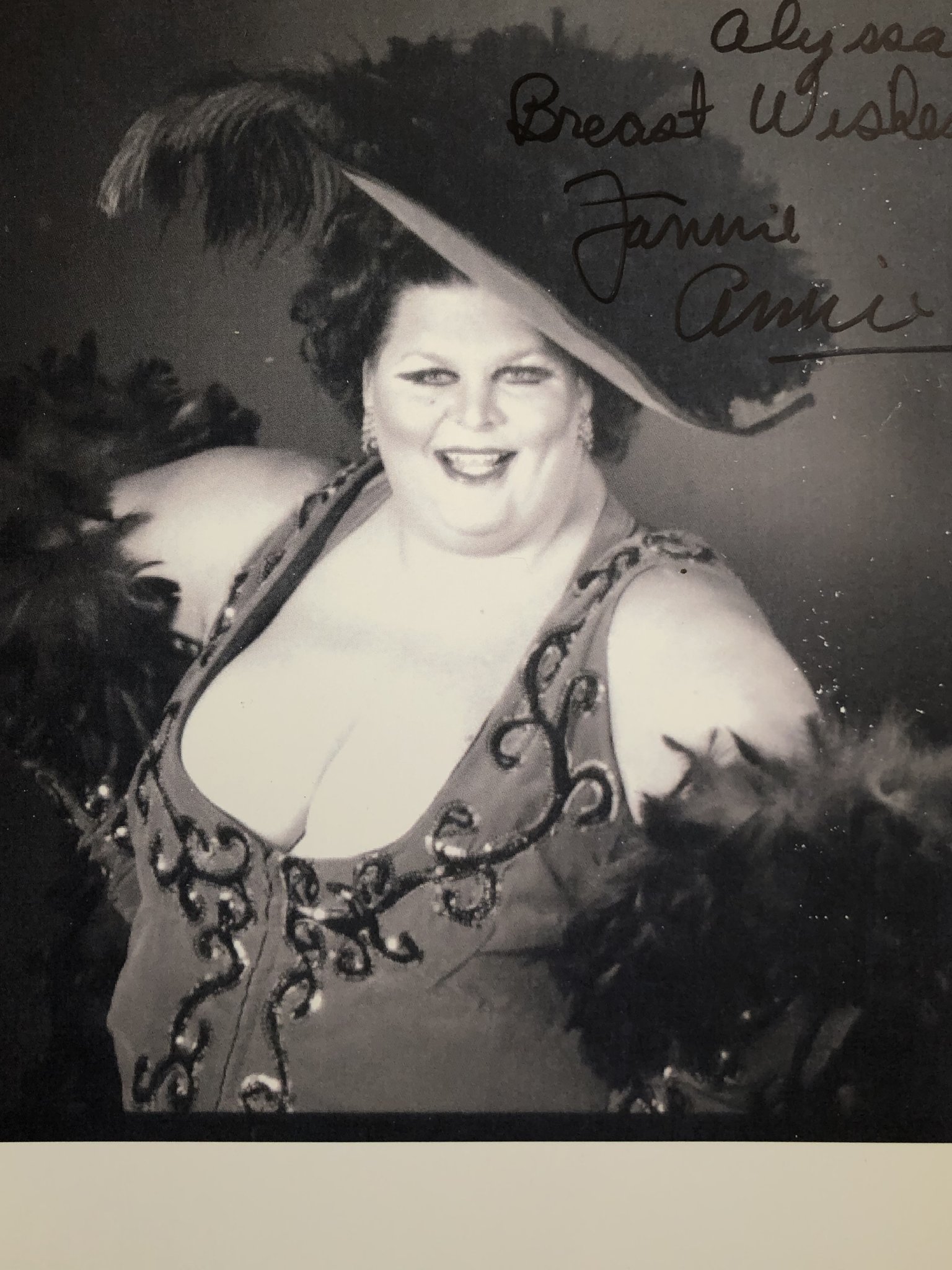
Big Fannie Annie
- Let’s celebrate diversity
The stages of burlesque’s history were diverse, yet many of the great stars of color are not represented. At one time, the pages of burlesque and pin-up magazines were full of performers of color. Black, Asian, Latina, South Pacific Islander, and Native American dancers were very much a part of burlesque history.
Celebrate your own cultural heritage by digging in to learn about the diverse dancers who came before you. San Francisco’s Forbidden City burlesque queens, the black circuit, the Latino Queens.
Learn about burlesque rich history of transgendered performers – and of course, burlesque wasn’t just a women’s game – learn about the men who danced the burlesque stage, the comics, the acrobats.
Here are some names to get you going – Josephine Baker, Tai Ping, Noel Toy, Ivy Tam, Toni Elling, Lottie the Body and Jean Idelle.
Let’s celebrate diversity across the eras!
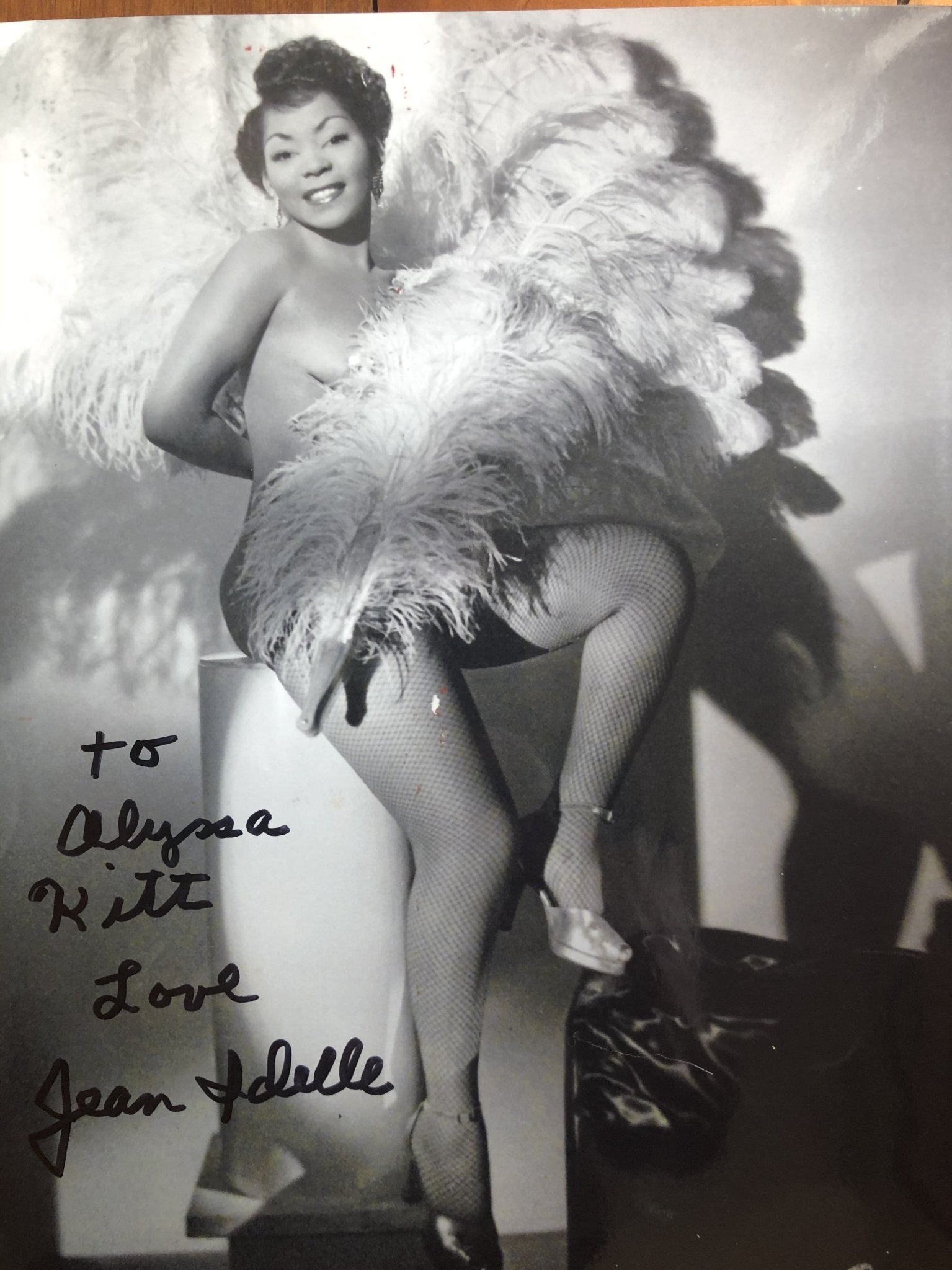
Jean Idelle
- Go beyond the mainstream
It’s all very well to be inspired by Welcome to Burlesque but let’s dig in a little deeper.
Even if you are inspired by Gypsy Rose Lee and her biopic Gypsy, go beyond what is represented in film or by the media and buy one of her biographies, research her original songs and find some images of her original costumes – these could inspire you to create something truly authentic to the era, or inspire a costume that is uniquely your own and is celebrating this figure!
You might even dig in and learn about the costumier themselves. Speaking of which – this brings me to my next point:
- Learn about burlesque costume history
Get creative with your removals – know your fabrics – chat with your costume designers.
Have a read of some of my favourite costume history books:
No-one is better for burly costume history than Coleen Scott Trivett, author of The Pastie Project (https://thepastieproject.org/) and The Costumes of Burlesque 1866-2018.
Through studying each button pop and zip removal – Coleen masterfully traces the stitched lineage of burlesque costumery from 1860s. Her historically inquisitive work plots the neo-burlesque performer’s evolutionary use of costumery. The Costumes of Burlesque: 1866-2018 provides a hugely important and significant guidebook for academics, burgeoning burlesque performers and those interested in investigating this art form’s deep history.
One other benchmark book is Pretty Things: The Last Generation of American Burlesque Queens by Liz Goldwyn. It is a pandora’s box of interviews, letters, photographs and detailed insights into the details of the incredible costume designers who clothed the bodies of some of the greats of the stage!
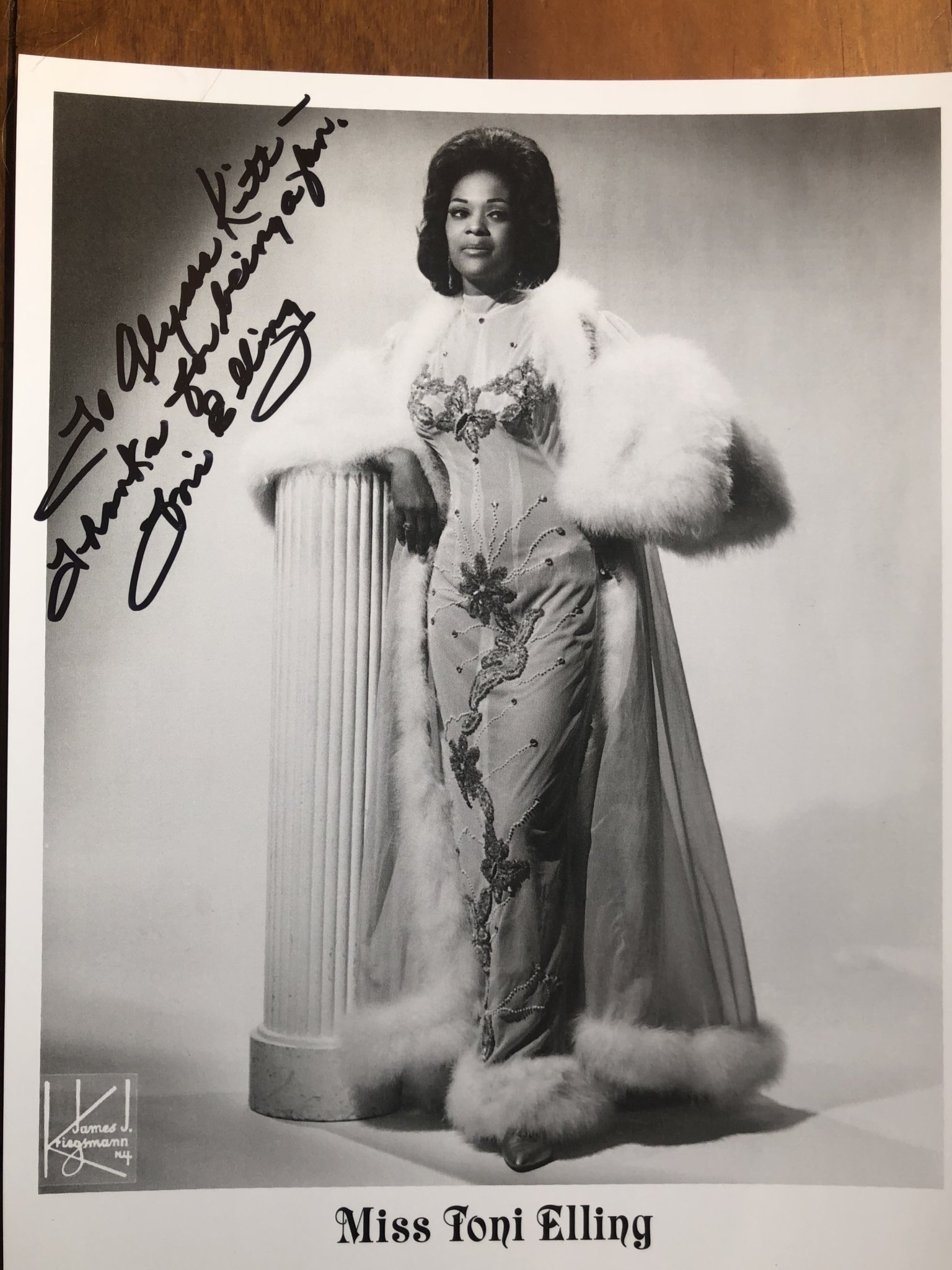
Miss Toni Elling
- Book in a consult
When in doubt – reach out! Know someone who loves history and is well read – support the burlesque economy and pay for their time. Some prominent history nuts (aside from myself) are Lola the Vamp (Australian icon and the world’s first to perform burlesque for a PhD – call her Dr Vamp), Dollar Dazzler – Perth’s very own connoisseur of the page, Bella de Jac (founding Director of the Australian Burlesque Museum).
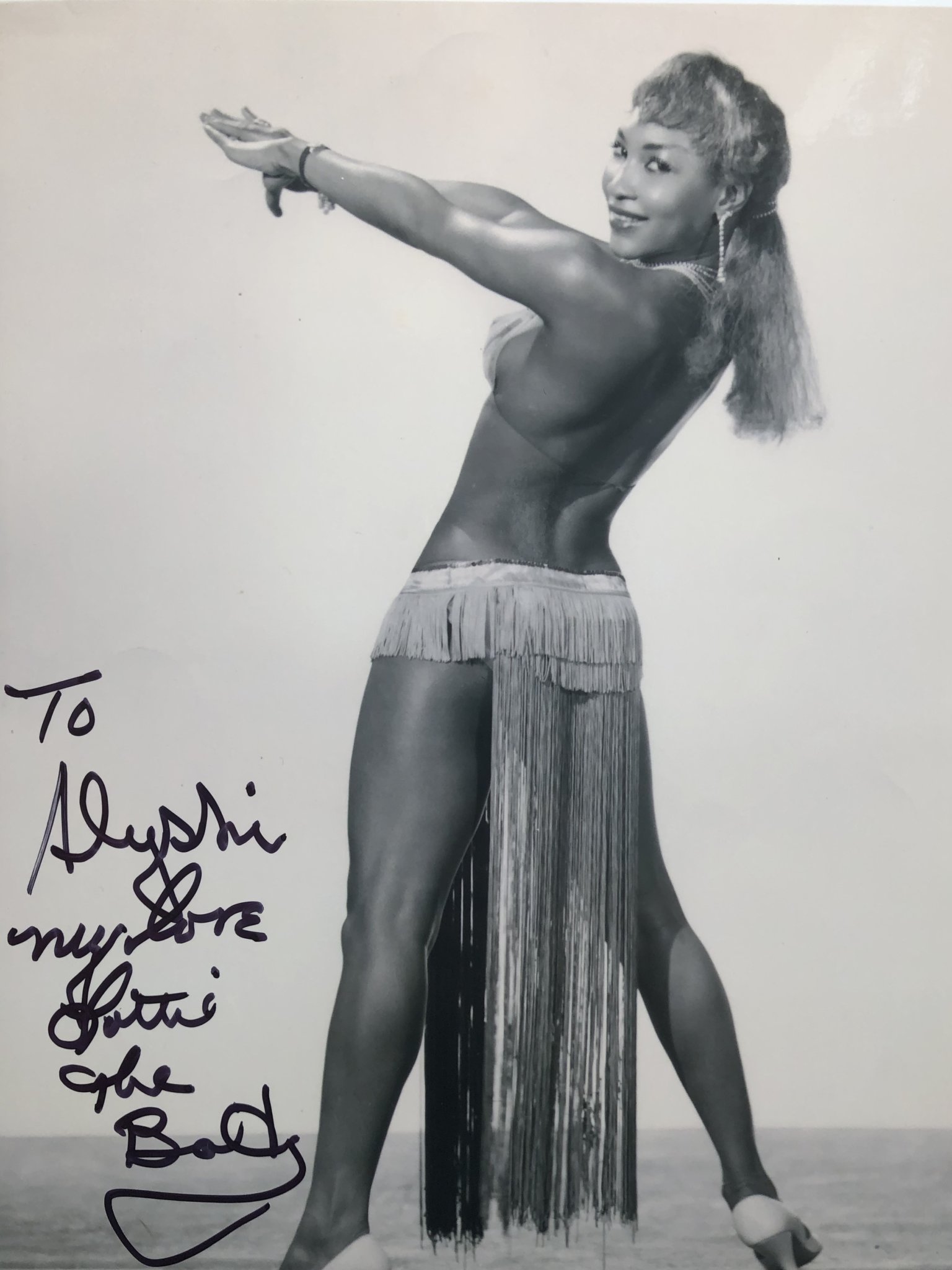
Lottie the Body
- Don’t be scared to play!
History is not going to rise up from the grave and bite your bared behind – and neither are the judges. The legends are singing from the heavens above that you’ve taken the time to learn their stories and are dancing with them in mind. We aim to honour them and the fierce performers who came before. We don’t want you to be intimidated by the rules – they’re there as a guideline to help you dig into burlesque’s rich history. The traditional section encourages performers to engage with researching and understanding the origins of burlesque. The rise of neo-burlesque comes from a place of nostalgia and this section is where we can uphold the historical roots of striptease, pay tribute to our stripping foremothers and honour the rich and deep history of burlesque.
If you’re entertaining and having fun with burlesque – then you’re truly going to make this section sing!
Alyssa’s burlesque book suggestions:
Baldwin, Michelle. (2004). Burlesque and the New Bump and Grind. Speck Press. Golden, CO.
Shteir, R. (2004). Striptease: The Untold History of the Girlie Show. Oxford University Press. New York.
Stencell, A.W. (1999). Girl Show: Into the Canvas World of Bump and Grind. ECW Press. Toronto, Ontario.
Strom, R. (2011). Lady of Burlesque: The Career of Gypsy Rose Lee. McFarland & Company, Inc., Publishers. Jefferson, North Carolina, and London.
La Rouge, Rosey. (2017). The Pastie Project. Brooklyn, NY. https://thepastieproject.org/
Weldon, Jo. (2010). The Burlesque Handbook. HarperCollins Publishers. New York.
Von Teese, Dita. (2006). Burlesque and the Art of the Teese. HarperCollins Publishers. New York.
Zemeckis, L. (2013). Behind the Burly Q: The Story of Burlesque in America. Skyhorse Publishing. New York.
Zemeckis, L. (2015). Goddess of Love Incarnate: The Life of Stripteuse Lili St. Cyr. Counterpoint Press. Berkley.
Zemeckis, L. (2018). Feuding Fan Dancers: Faith Bacon, Sally Rand and the Golden Age of the Showgirl. Counterpoint. Berkeley, California.